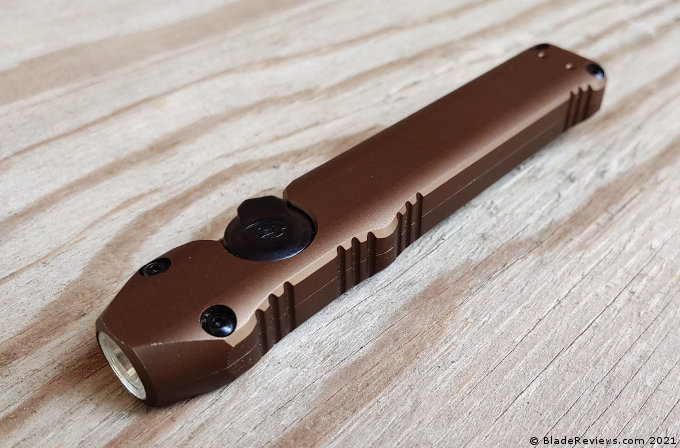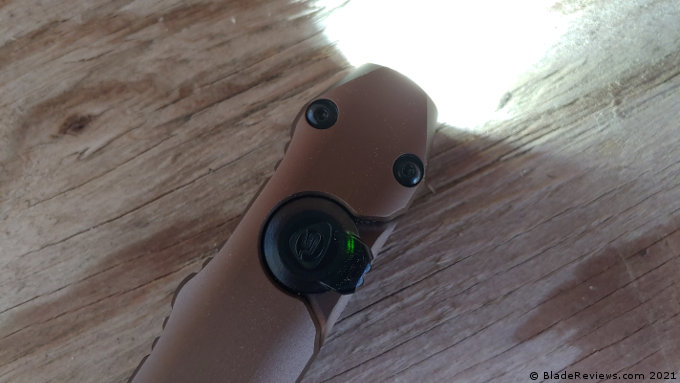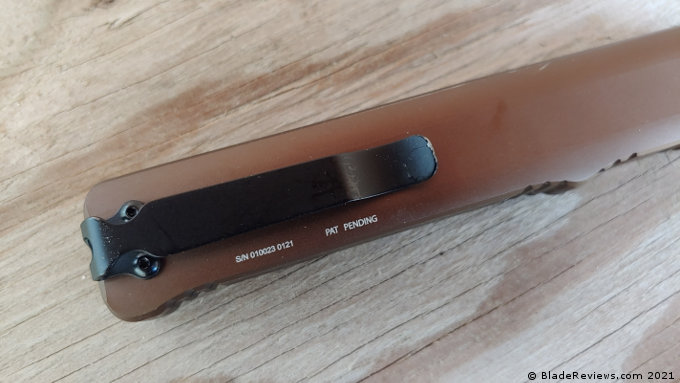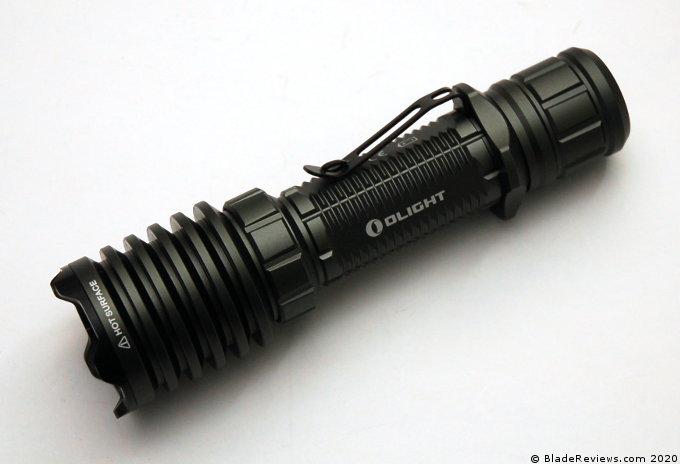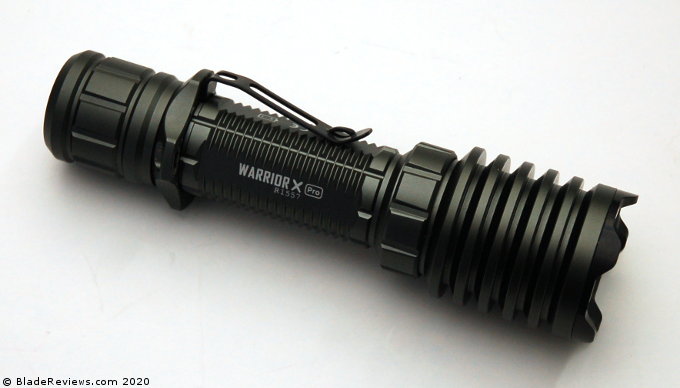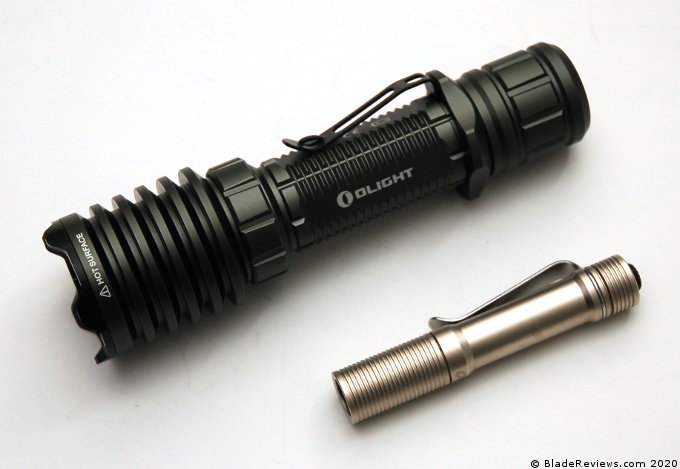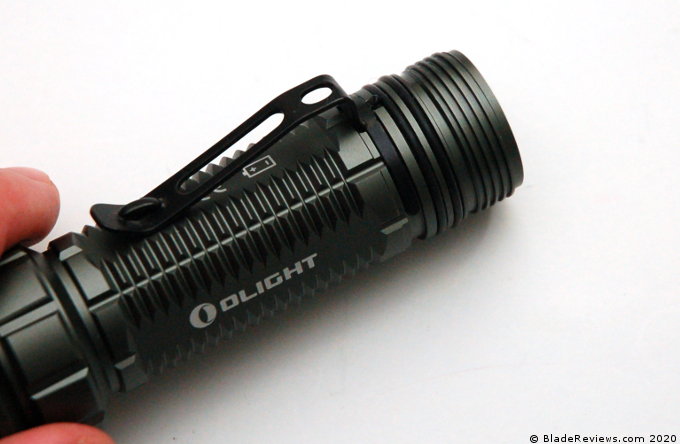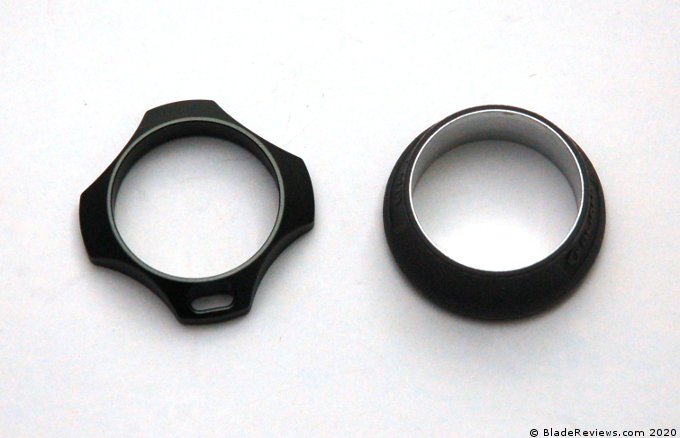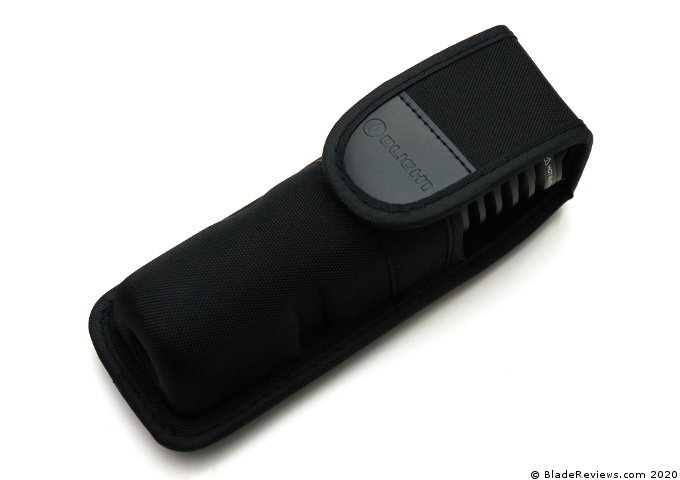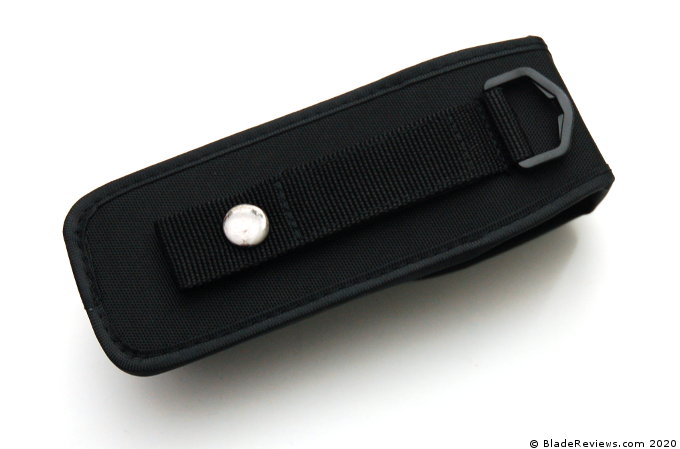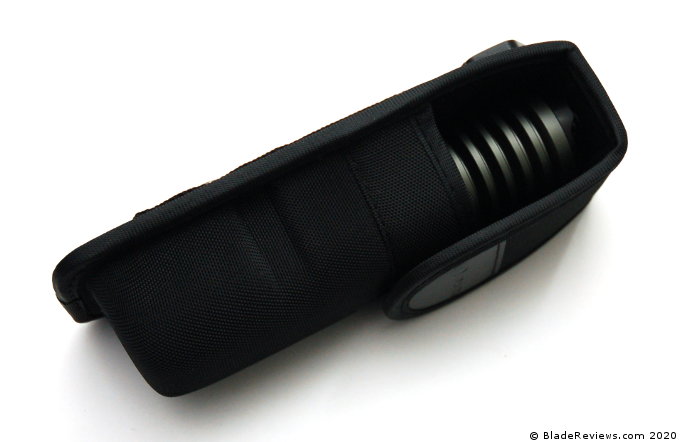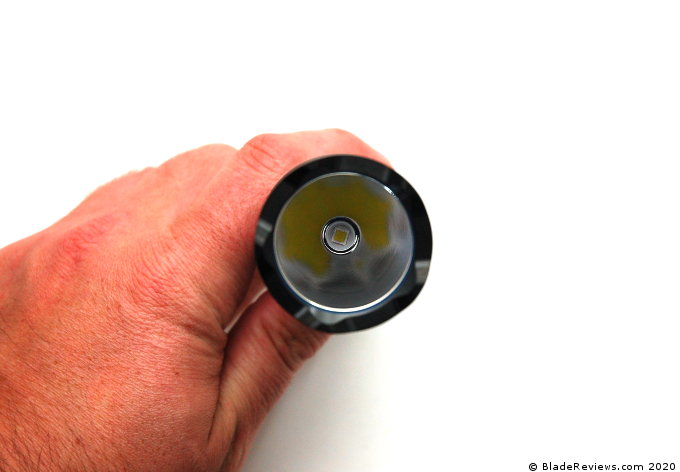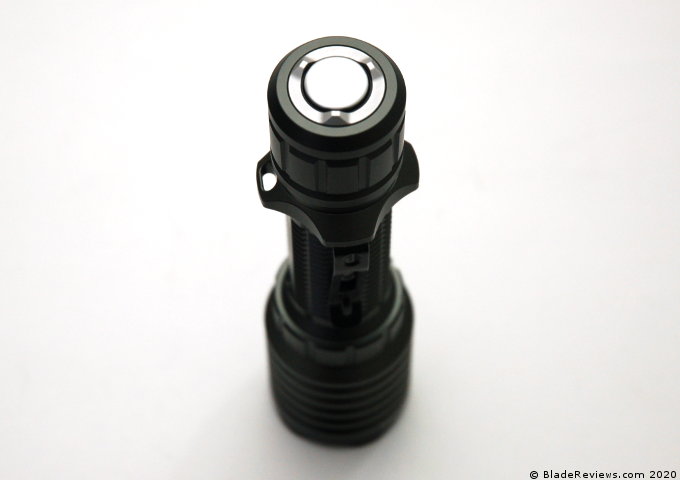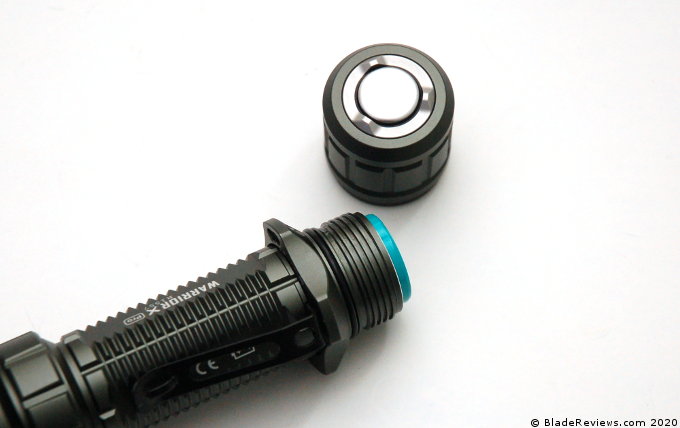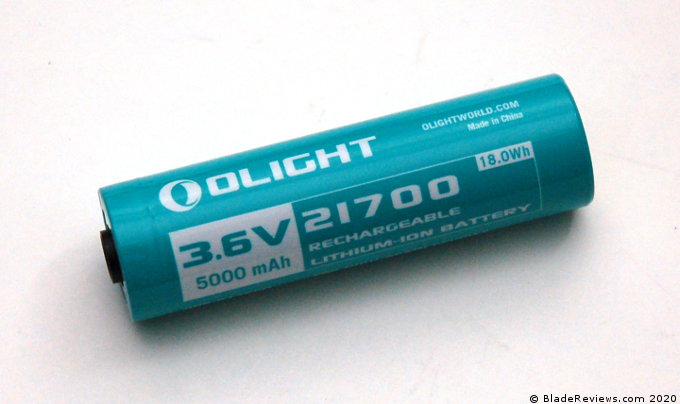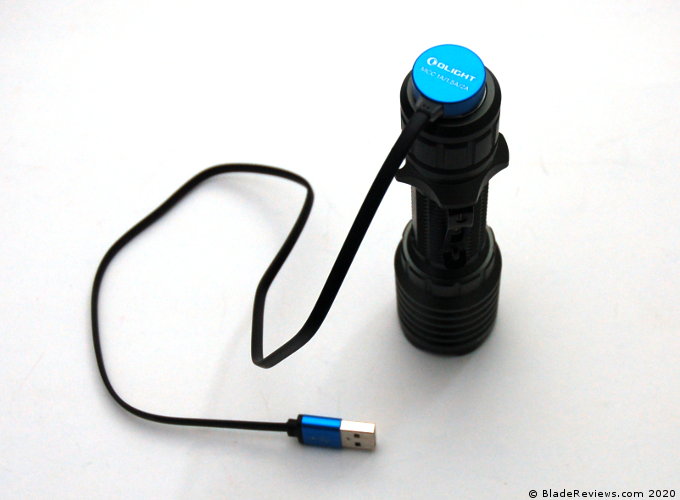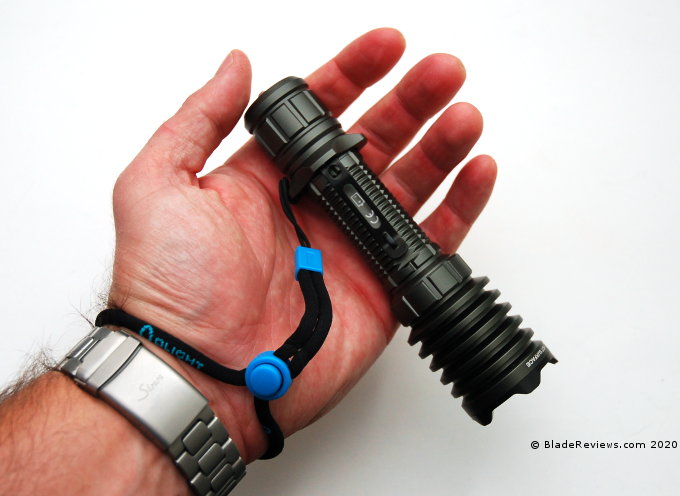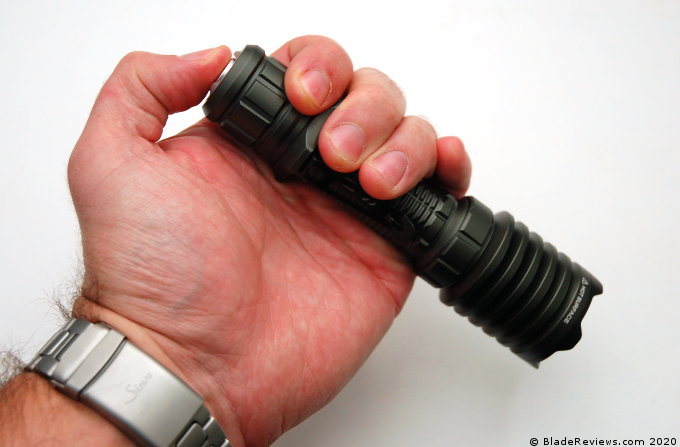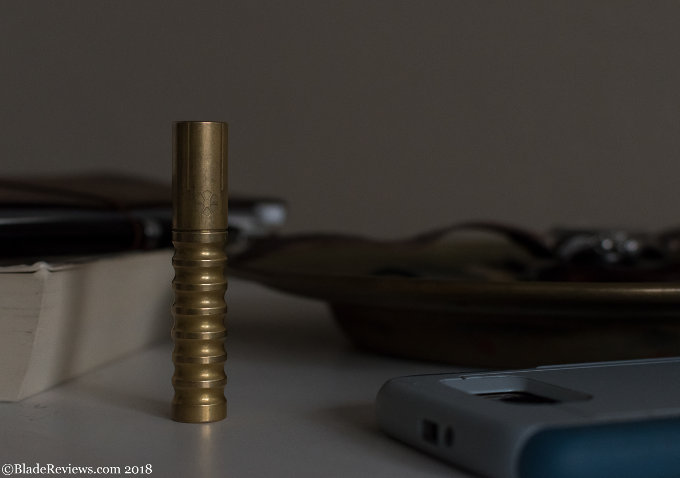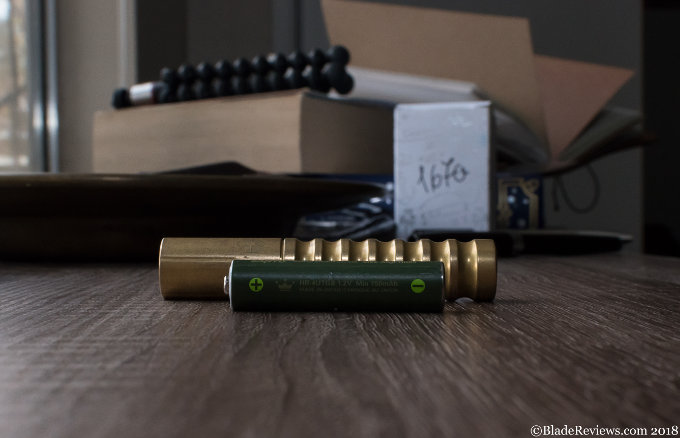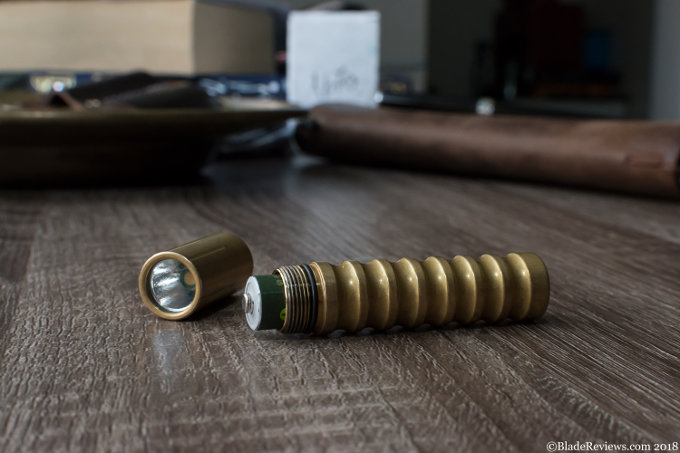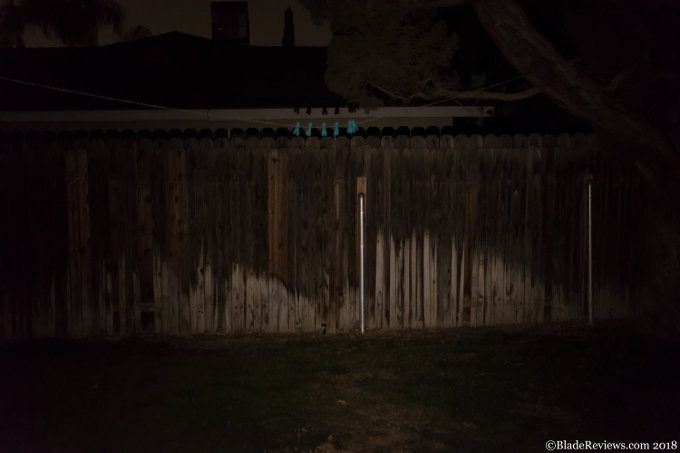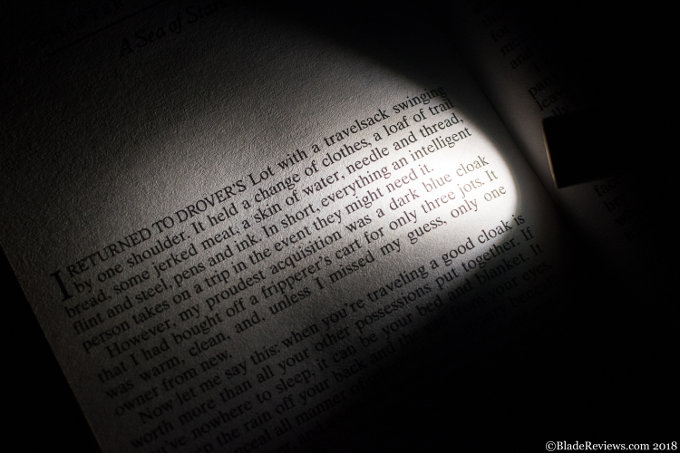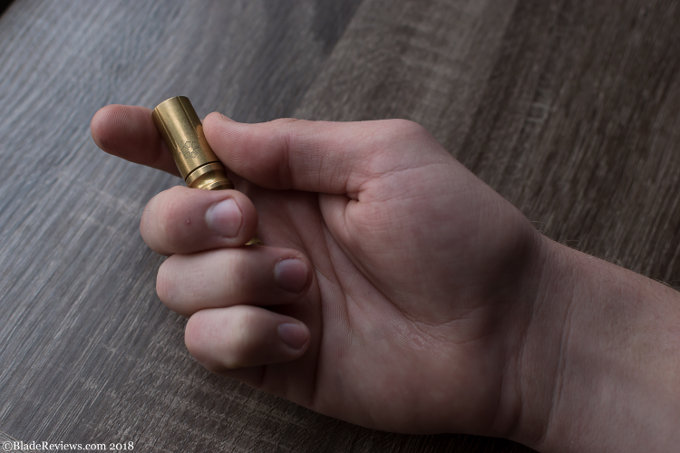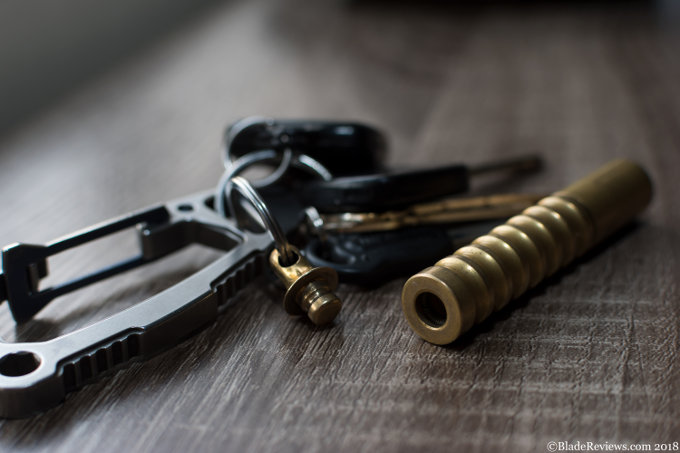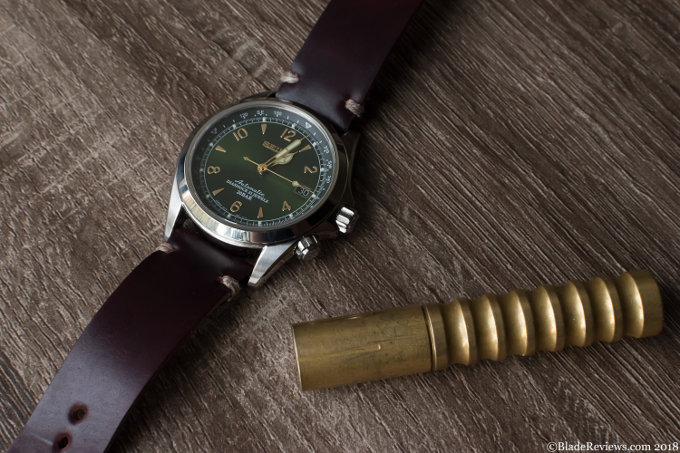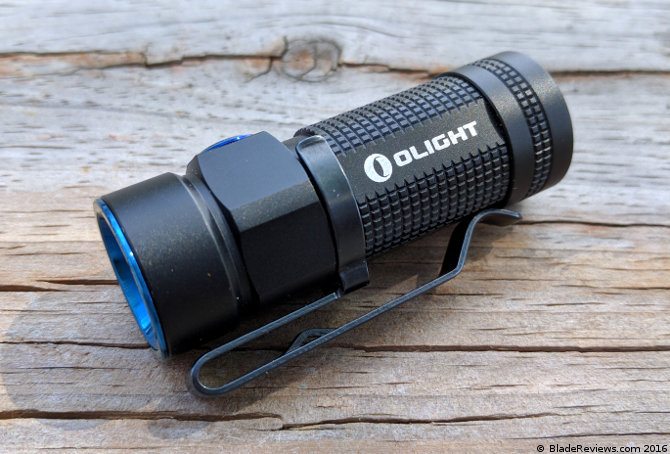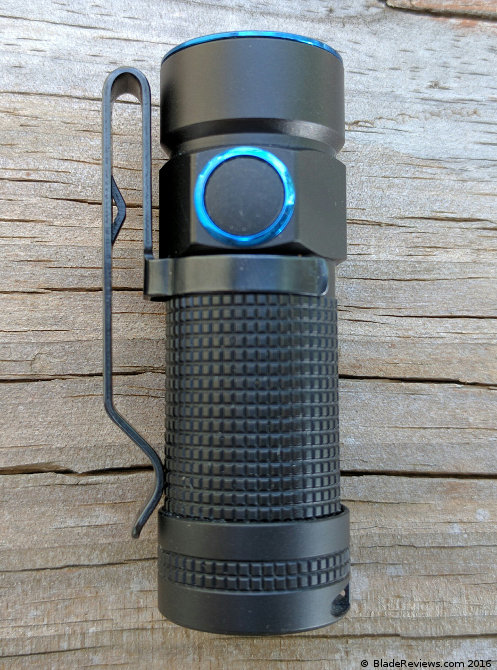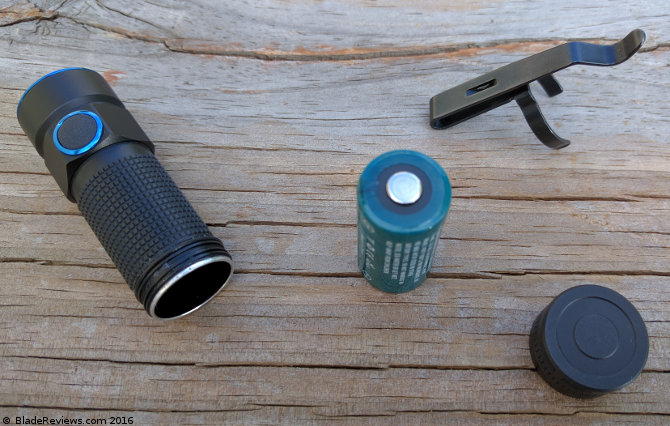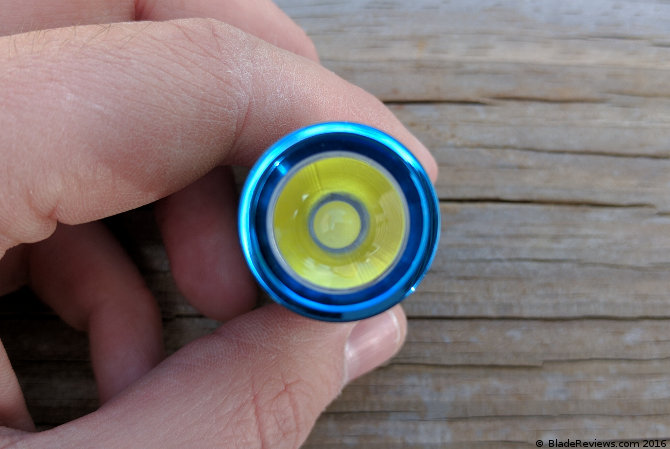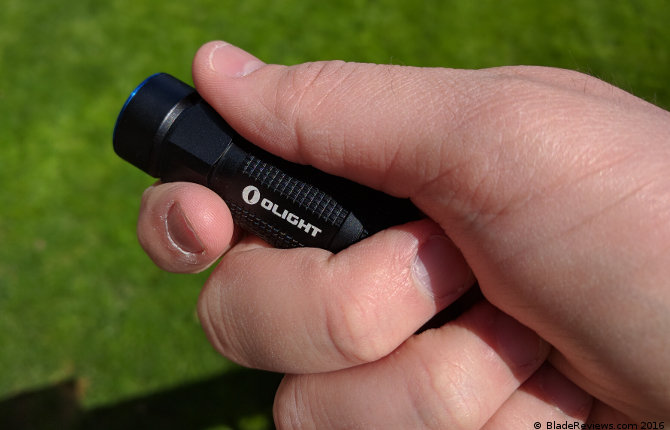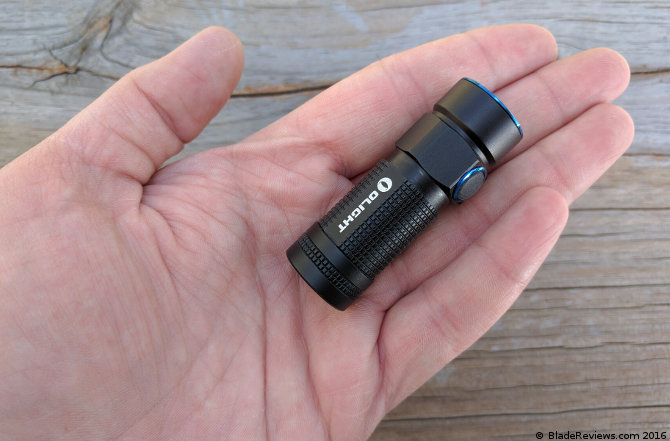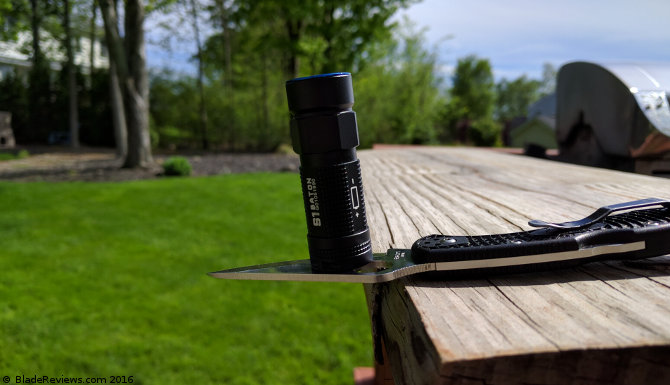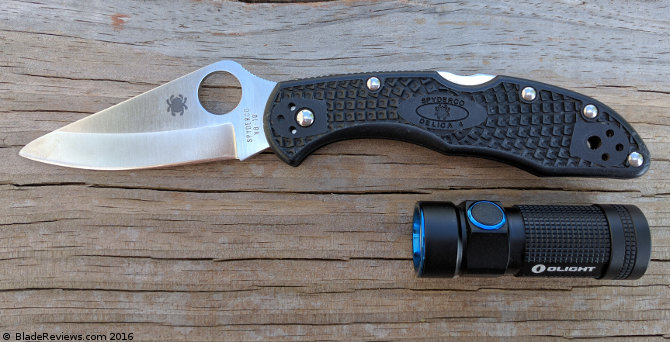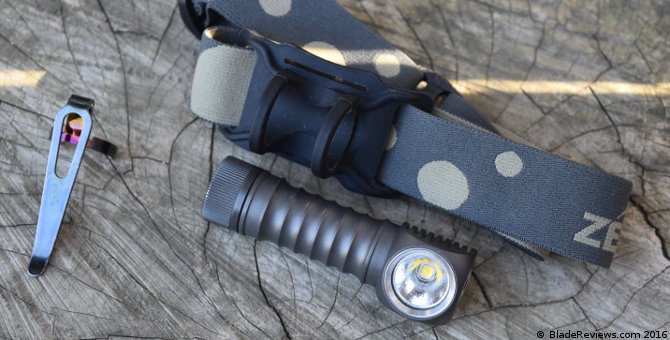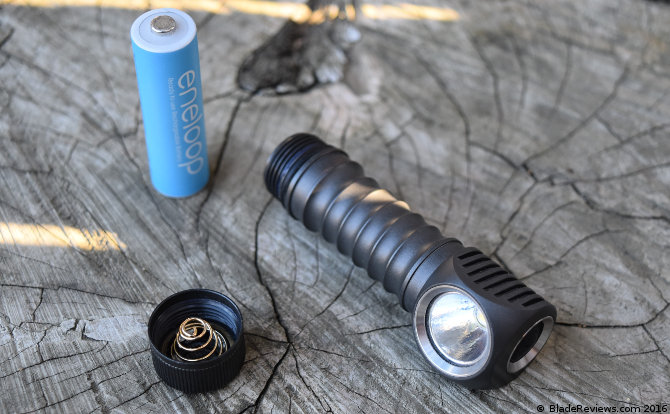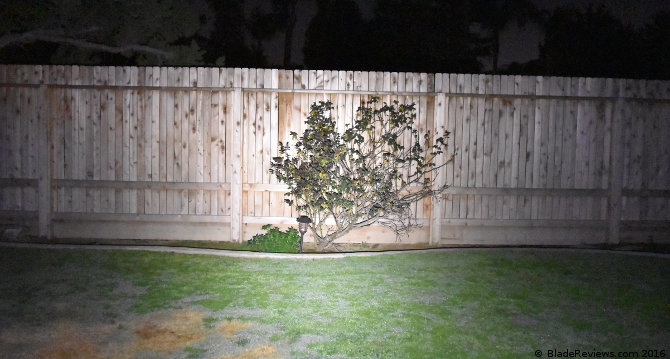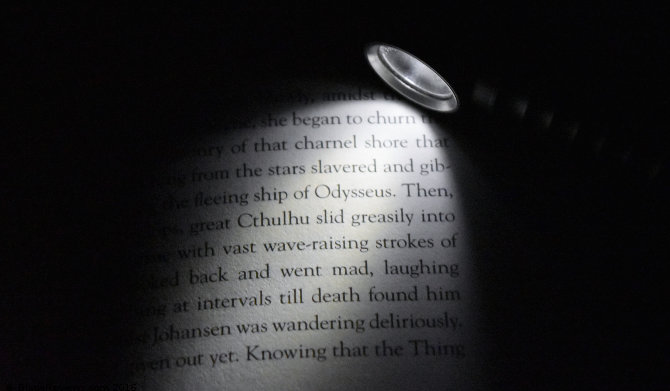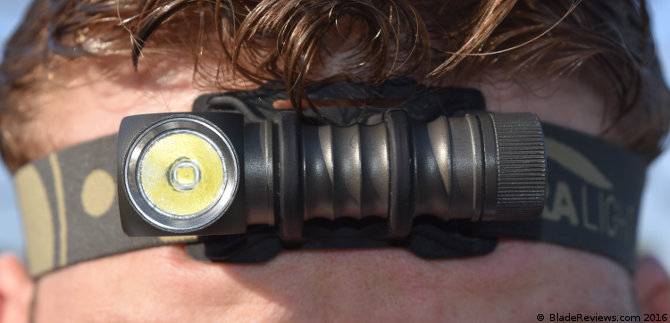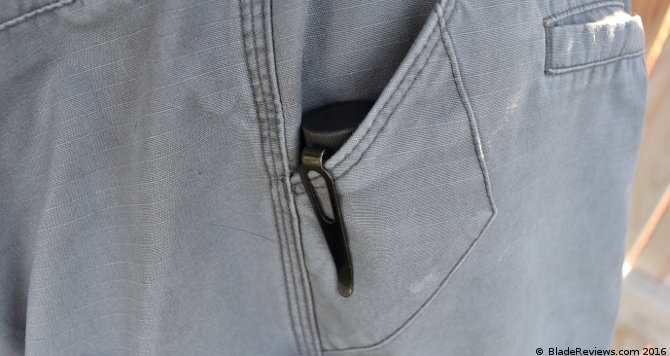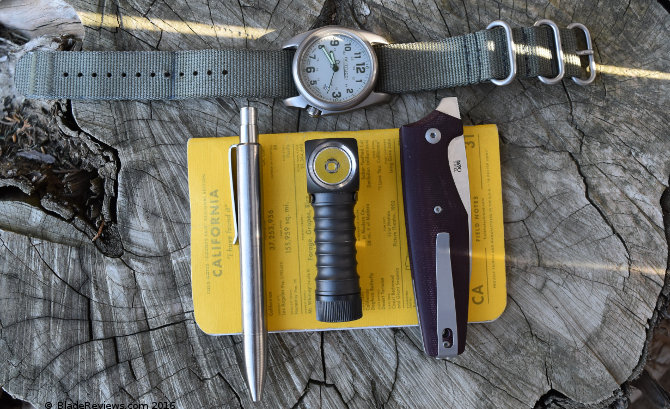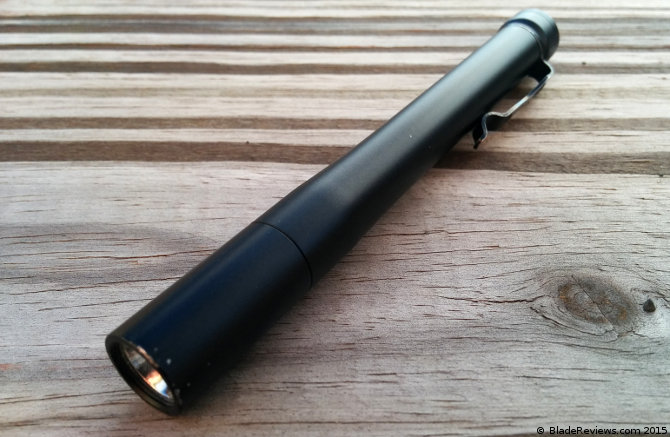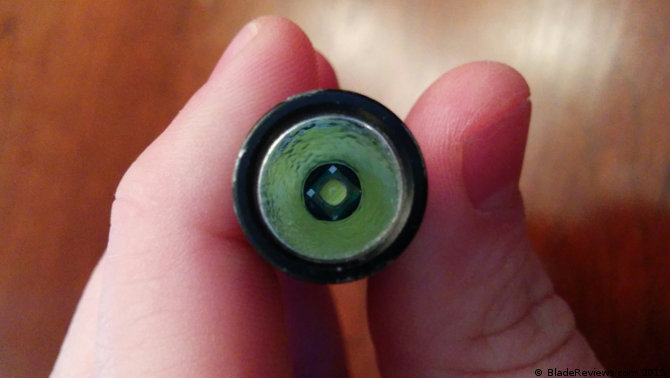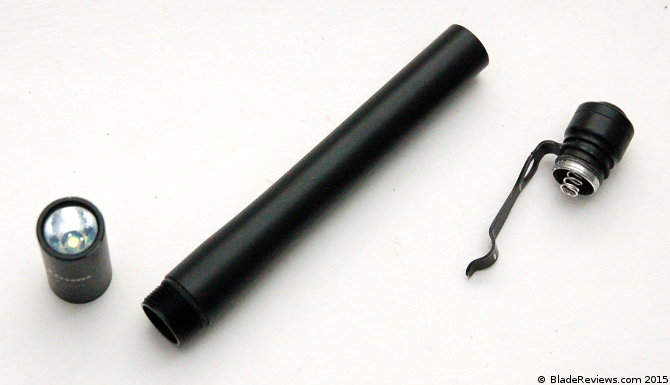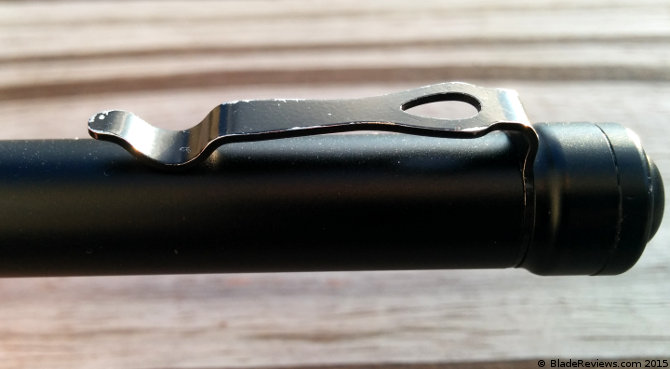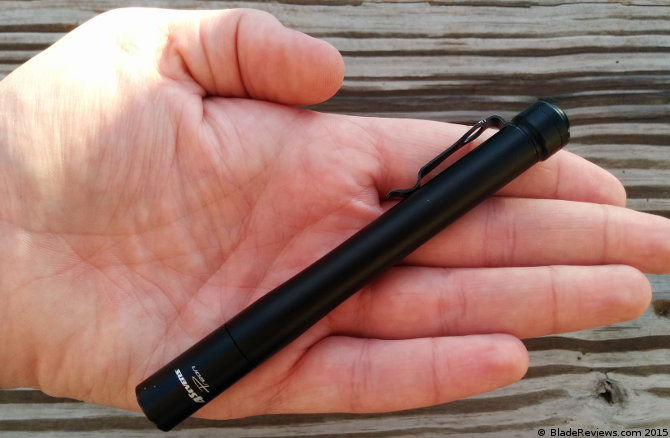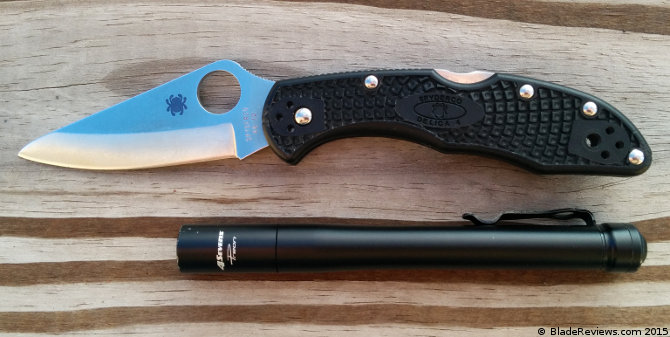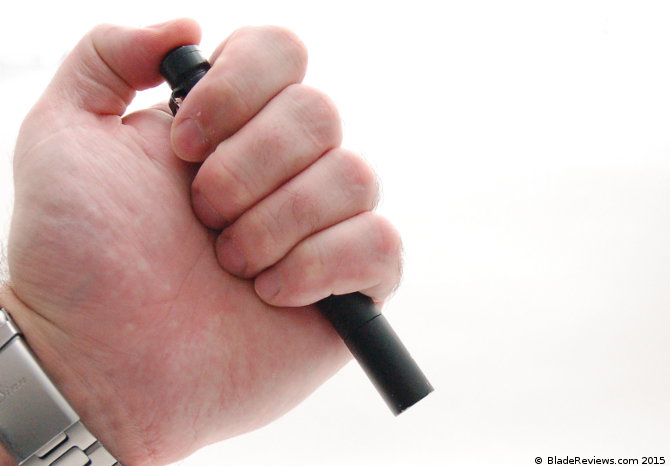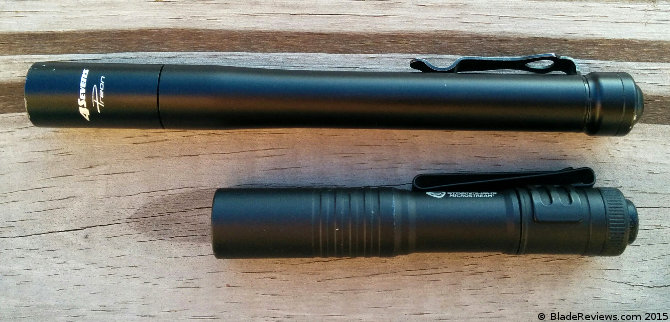The Streamlight Wedge is the latest in Streamlight’s line of EDC flashlights. We first saw glimpses of the Wedge at the end of 2020, but in early 2021 we got the full details of this little fella. I knew off the bat I wanted one. I’ve downsized my pocket light to nothing more than a 100-lumen penlight because of how annoyed I get trying to get in and out of my pocket with bigger lights. The Wedge gains its name from its wedge-like shape.
It’s flat and thin and designed to fit in the pocket with ease. I like Streamlight a good deal. I use their weapon lights extensively and also carried a Streamlight Sidewinder on my overseas adventures. The Sidewinder sold me on Streamlight’s durability and made me a forever fan. From Africa to Afghanistan, the Sidewinder endured more abuse than it had any right to. Streamlight was kind enough to provide me a pre-release sample for test and review, and I was more than happy enough to oblige them.
General Dimensions and Construction
The Streamlight Wedge is 5.46 inches long, 1 inch wide, and .5 inches thick, and weighs a total of 3.3 ounces. Streamlight designed the Wedge for low-key pocket carry without being obstructive or intrusive to your daily life. The square-like design does very little to fill your pocket, and the light sits in nice and flat.
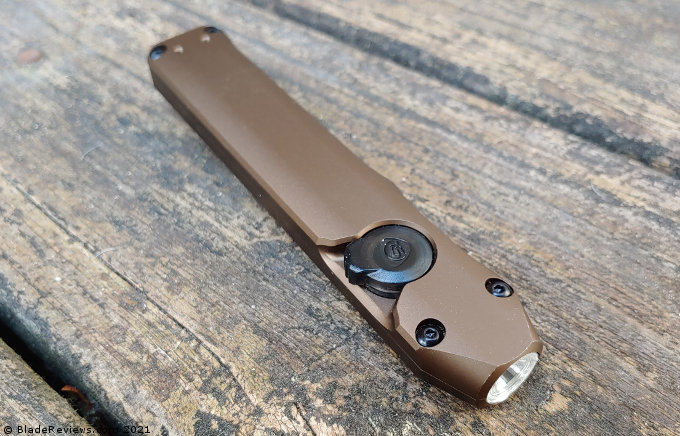
Streamlight used aluminum in the construction of the light for a very tough and rugged design. The outside is anodized and comes in gunmetal gray and FDE. Aluminum gives it a rather tough design that’s resistant to the elements as well as drops and falls. The anodization also corrosion and provides an external layer of protection to the raw aluminum.
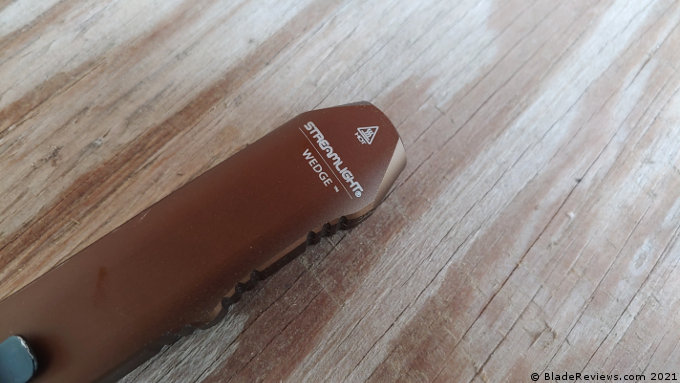
Fit and finish are outstanding, and Streamlight designed the light to be pocket-friendly. Every corner is rounded and smoothed out. There is no ultra-aggressive texturing that could rub through a pocket. The bottom of the light has slight finger grooves with small trenches for a good grip.
The Streamlight Wedge reeks of high-quality construction and feels great in your hand and pocket. It’s also shaped to be easy to bite down on when working with both hands.
Output, Runtime, and UI
Streamlight designed the Wedge with two output modes. The first is a basic 300 lumen light that is back by 1,200 candela, which is quite powerful for such a small light. Our second model is called the THRO mode. THRO stands for Temporary Heightened Regulated Output. Swapping to the THRO modes grants you 1000 lumens and 3000 candela for a 35-second burst.
Either mode grants you a bright white beam that’s more on the cool scale than hot. In both modes, the beam provides a massive hotspot that’s designed more to fill a room than be super focused for long-range use. As far as an EDC light goes, a good amount of spill is a must-have. It’s made for standard urban environments where a lot of throw isn’t necessary.
That being said, the THRO mode effectively doubles your range and gives you a light better suited for outdoor environments. If you are trying to navigate the dark with an added layer of fog or rain, then the THRO mode becomes quite handy.
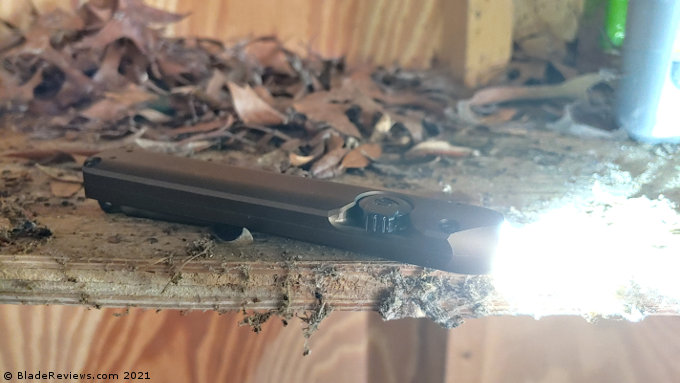
I live in a dark rural environment without streetlights and any ambient light outside of the moon and stars. I’ve no issues on early morning dog walks with the Wedge. When I hear something poking around in the woods around me, I hit the THRO mode and spot the rabbit, opossum, or armadillo that’s stumbling around.
In practical use, the standard mode provides a beam that allows me to see things in perfect detail out to 25 yards. With the THRO mode, that ranges doubles to about 50 yards. The beam obviously goes further, but beyond those ranges, you won’t see everything in crystal clear detail.
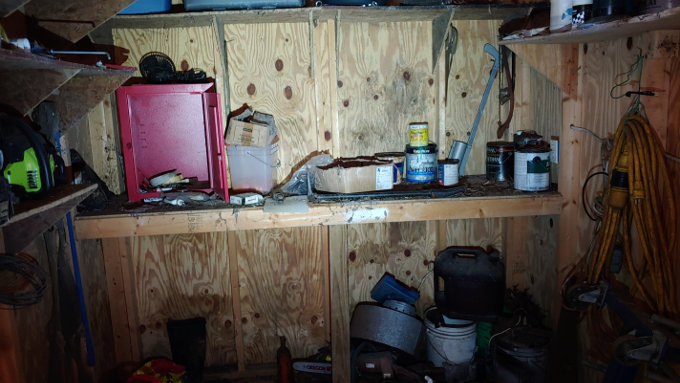
Again, as far as a small, pocket-friendly EDC light, the Wedge is more powerful than most.
As far as the user interface goes, the design is very simple. You have a black toggle switch. Push it forward, and the light comes on. Push it a position beyond on to activate the THRO mode. The THRO mode is only momentary, and when the switch is released, it falls back to normal 300-lumen operation. After 35 seconds, it will automatically dial back to 300 lumens and ‘cool’ down.
The toggle switch is flush fitting with the body of the Wedge, and this helps the toggle from accidentally turning on in your pocket. This way, your battery doesn’t die, and the hot light doesn’t give you a little burn. The toggle has a textured portion for easy activation, and it does require a good press and seems resistant to accidental pushes.
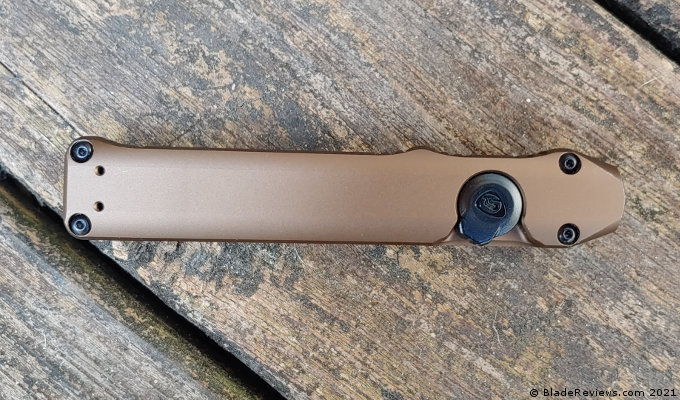
Streamlight used an internal battery in the design of the Wedge. This rechargeable battery uses a USB C cable to recharge the light. Max battery life is three hours, and the toggle has a battery indicator. Green means you’re good, but red means your battery is getting low.
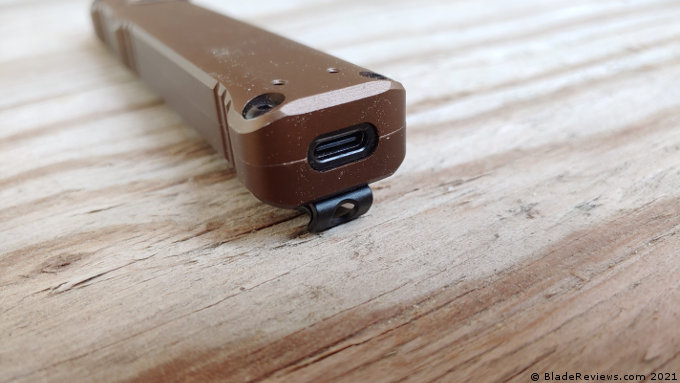
Ergonomics and Carry
Design-wise this is the most comfortable light I’ve ever had the please to carry. When it comes to size to comfort ratio, the Wedge is tough to beat. I can clip it in my pocket alongside my knife and forget about it. If I use that same pocket to carry my keys, cash, or assorted junk, I can reach in my pocket and retrieve those goods without the light getting in the way.
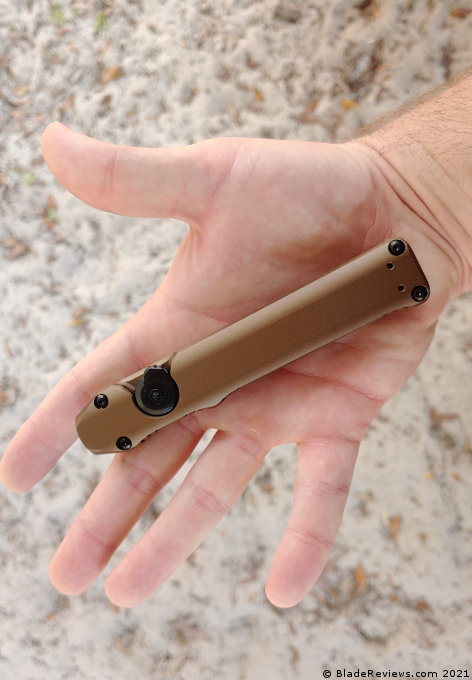
Round lights constantly got in my way and forced me to adopt a smaller penlight out of frustration. The Wedge minds its own business and lets me get my stuff without frustration.
A reversible pocket clip allows you to carry it tip down in either pocket without issue. Swapping the pocket clip takes very little effort, and it’s a mere two bolts. The Wedge comes with an optional lanyard, but I don’t have a need for it.
While the light is small and unobstructed, it’s still very comfortable in hand. You have plenty of real estate to grab the light and hold it comfortably. The thin nature allows you to use both the light and hold stuff in the same hand at the same time. It’s quite convenient for two-handed tasks where you still might need some light.
Streamlight Wedge Review – Final Thoughts
The Wedge has earned its place as my go-to EDC light now. It’s just so dang convienent. I like the way it slides into my pocket and stays out of my way. I like that it shares a charging cable with my cell phone and gives me 300 to 1,000 lumens at my fingertips. Streamlight has made a very competent, pocket-friendly, and ergonomic EDC light for the daily tasks of everyone. It’s the perfect daily (or nightly) companion.
- No Standalone lithium batteries are sold with the product
- Designed for clean pocket carry
- 300 lumens; runs 3 hours / THRO Mode: 1000 lumens
- USB-C Rechargeable
- Deep carry pocket clip attaches on either side of light
I recommend buying the Streamlight Wedge at Amazon.
